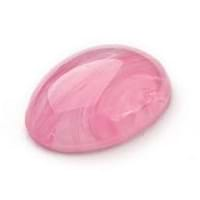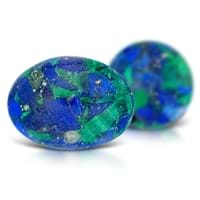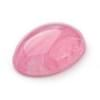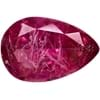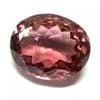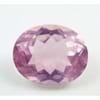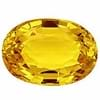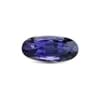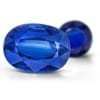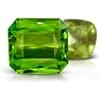Rose Quartz Vs Azurmalachite
Origin
Brazil, Madagascar, Southern and central Africa, Mozambique
Not Available, Southern and central Africa
Color
Strong pink, pink
Blue
Streak
Not Available
Not Available
For which Rashi?
Taurus
Capricorn, Scorpio
Element of Planets
Earth, Water
Earth
Energy
Receptive
Receptive
Finger
Not Available
Not Available
Ring Metal
Not Available
Not Available
Deities
Not Available
Freyja
Not to wear with
Not Available
Not Available
Planetary
Not Available
Not Available
Talisman
Not Available
Not Available
Tenacity
Not Available
Not Available
Solubility
Not Available
Not Available
Durability
Not Available
Not Available
Specific Gravity
2.65
3.70-3.95
Fracture
ConchoidalWalter Schumann, Gemstones of the world (2001), ConchoidalWalter Schumann, Gemstones of the world (2001)
ConchoidalGemdat.org, Management Team (2012), ConchoidalGemdat.org, Management Team (2012)
Cleavage
Indiscernible
1,1 basal.
Chemical Composition
SiO2
(Cu) 3(OH) 2(CO 3) 2 + Cu 2(CO 3)(OH) 2Gemdat.org , Management Team (2012)
Luster
Vitreous
Vitreous, Silky
Pleochroism
Weak: pink pale pinkHerve Nicolas Lazzarelli
AbsentWalter Schumann
Dispersion
None
Not Available
Transparency
Transparent, Translucent, Transparent to translucent
Translucent
Refractive Index
1.544-1.553
1.655-1.909
Optic Character
Not Available
Biaxial/+
Crystal System
Hexagonal
monoclinic
Birefringence
0.009
0.108-0.254
Clarity
TranslucentHerve Nicolas Lazzarelli
Translucent
Neurological
Not Available
Not Available
Cardiovascular
Not Available
Not Available
Respiratory
Not Available
Not Available
Reproductive
Not Available
Not Available
Digestive
Not Available
Not Available
Psychology
Not Available
Not Available
Healing
Not Available
Not Available
Qualities Associated
Not Available
Not Available
Rose Quartz Vs Azurmalachite Fracture
Fracture is an important parameter when you compare Rose Quartz and Azurmalachite Physical Properties. It is necessary to understand the significance of these properties, before you compare Rose Quartz Vs Azurmalachite fracture. Whenever a gemstone chip breaks, it leaves a characteristic line along its breakage. Such lines are known as fracture and are used to identify the gemstones in their initial stages of production when they are in the form of rough minerals. Fracture is usually described with the terms “fibrous” and “splintery” to denote a fracture that usually leaves elongated and sharp edges. Fracture observed in Rose Quartz is ConchoidalWalter Schumann, Gemstones of the world (2001), ConchoidalWalter Schumann and Gemstones of the world (2001). Azurmalachite fracture is ConchoidalGemdat.org, Management Team (2012), ConchoidalGemdat.org and Management Team (2012).
Rose Quartz Vs Azurmalachite Luster
A primary knowledge about Rose Quartz vs Azurmalachite luster is useful in apparent identifications of these gemstones. Luster is the measure of light that gets reflected when incident on a finished cut gemstone. There are two major types of lusters: Silky and Adamantine. Since luster varies between two crystals of even the same gemstone, luster is limited to basic identification criteria. Rose Quartz exhibits Vitreous luster. Azurmalachite, on other hand, exhibits Vitreous and Silky luster.
